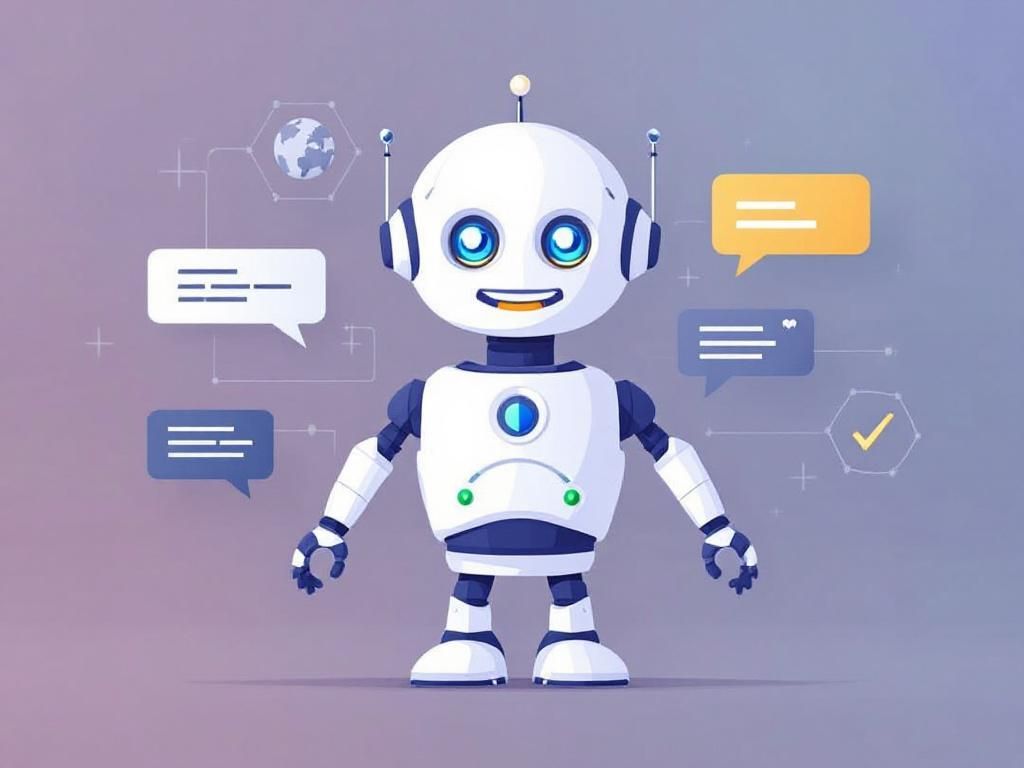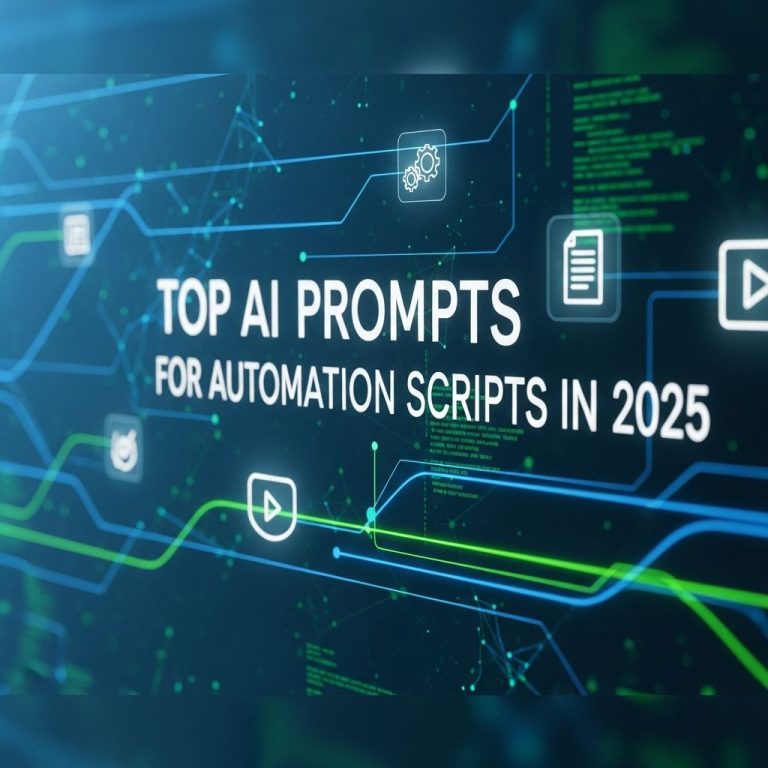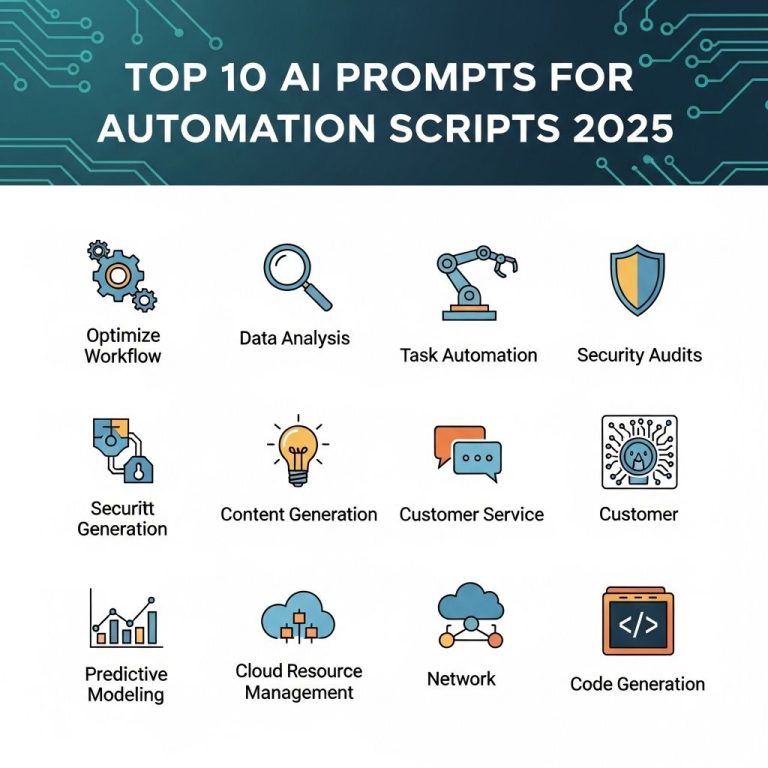In today’s globalized world, businesses are expanding their reach to international markets. As a result, the need for effective communication across different languages has never been greater. Multilingual chatbots have emerged as a powerful tool to bridge language barriers and enhance customer engagement. This article delves into some of the best multilingual chatbot frameworks available, exploring their features, advantages, and use cases.
Understanding Multilingual Chatbots
Multilingual chatbots are designed to interact with users in multiple languages. They utilize natural language processing (NLP) and machine learning algorithms to understand and respond to queries in the user’s preferred language. Here are some key benefits of deploying a multilingual chatbot:
- Improved Customer Experience: By communicating in the user’s native language, businesses can enhance satisfaction and loyalty.
- Increased Accessibility: Multilingual chatbots allow companies to serve a broader audience, catering to diverse linguistic backgrounds.
- Cost Efficiency: Automating customer interactions reduces the need for extensive multilingual support teams.
Key Features of Multilingual Chatbot Frameworks
When selecting a multilingual chatbot framework, consider the following features:
1. Language Support
The framework should support a wide range of languages. Look for platforms that offer both widely spoken and regional languages.
2. Natural Language Processing (NLP)
Advanced NLP capabilities enable the chatbot to understand context, intent, and sentiment, providing relevant responses.
3. Integration Capabilities
Choose a framework that easily integrates with existing systems, such as CRM software, social media, and other communication channels.
4. Analytics and Reporting
Robust analytics tools help track the performance of the chatbot, offering insights into user interactions and areas for improvement.
Top Multilingual Chatbot Frameworks
Here is a list of some of the leading multilingual chatbot frameworks currently available:
| Framework | Language Support | NLP Capabilities | Integration |
|---|---|---|---|
| Dialogflow | 20+ languages | Supports intents and entities | CRM, Slack, Facebook Messenger |
| Microsoft Bot Framework | Supported via LUIS | Advanced NLP via Azure | Azure services, Office 365 |
| IBM Watson Assistant | Multiple languages | Contextual understanding | API, various platforms |
| Rasa | Customizable language support | Open-source NLP | Various APIs |
| Chatbot.com | 10+ languages | Basic NLP | Website, social channels |
1. Dialogflow
Dialogflow, developed by Google, is one of the most popular frameworks for building conversational applications. With support for over 20 languages, it offers robust NLP capabilities that allow developers to create highly interactive chatbots.
Advantages:
- Easy integration with Google Assistant and other Google services.
- A rich set of prebuilt agents for various industries.
- Comprehensive documentation and community support.
2. Microsoft Bot Framework
As part of Microsoft’s Azure cloud services, the Bot Framework provides an extensive set of tools for building intelligent chatbots that can communicate in multiple languages. Its integration with Microsoft services, including Azure Cognitive Services, enhances its NLP capabilities.
Advantages:
- Seamless integration with Microsoft Teams and Office 365.
- Extensive support for enterprise solutions.
- Access to advanced AI features through Azure.
3. IBM Watson Assistant
IBM Watson Assistant is a powerful framework that leverages IBM’s AI technology. It supports multiple languages and offers advanced contextual understanding, making it suitable for complex conversational scenarios.
Advantages:
- Rich set of tools for building and training chatbots.
- Strong emphasis on data privacy and security.
- Flexible deployment options, including on-premises and cloud.
4. Rasa
Rasa is an open-source machine learning framework that allows developers to create highly customizable chatbots. Its flexibility in language support and NLP capabilities makes it a preferred choice for developers who want full control over their chatbot.
Advantages:
- Community-driven with extensive resources and plugins.
- Supports complex dialogue management.
- Easy to integrate with various messaging platforms.
5. Chatbot.com
Chatbot.com is a user-friendly platform that enables businesses to develop simple to moderate multilingual chatbots. It supports over 10 languages and is suitable for those looking for a quick implementation.
Advantages:
- Intuitive user interface with a drag-and-drop builder.
- Quick setup for common use cases.
- Integration with popular social media channels.
Comparative Analysis of Frameworks
When selecting a multilingual chatbot framework, it is essential to consider factors such as language support, features, and ease of use. The following table summarizes the key aspects of each framework:
| Framework | Ideal For | Ease of Use | Cost |
|---|---|---|---|
| Dialogflow | Developers looking for robust NLP | Easy | Free tier available |
| Microsoft Bot Framework | Enterprises and Microsoft users | Moderate | Pay-as-you-go |
| IBM Watson Assistant | Complex enterprise solutions | Moderate | Paid plans |
| Rasa | Developers wanting customization | Challenging | Free and paid options |
| Chatbot.com | Small and medium businesses | Very easy | Subscription basis |
Conclusion
As businesses continue to navigate the challenges of a global marketplace, multilingual chatbots provide an effective solution for enhancing customer interactions. With numerous frameworks available, selecting the right one hinges on your specific needs, technical expertise, and budget. By leveraging these technologies, companies can break down language barriers and foster deeper connections with their audience worldwide.
FAQ
What are the best multilingual chatbot frameworks available?
Some of the top multilingual chatbot frameworks include Dialogflow, Microsoft Bot Framework, Rasa, and Botpress, known for their robust language support and integration capabilities.
How do I choose the right multilingual chatbot framework for my business?
Consider factors like ease of use, language support, integration options, scalability, and pricing when selecting a multilingual chatbot framework that fits your business needs.
Can multilingual chatbots support real-time translation?
Yes, many multilingual chatbot frameworks can integrate with translation APIs to provide real-time translation, enhancing user experience across different languages.
What features should I look for in a multilingual chatbot framework?
Look for features such as natural language processing (NLP), user-friendly interface, analytics, language detection, and customization options to create an effective multilingual chatbot.
Are there any free multilingual chatbot frameworks?
Yes, several multilingual chatbot frameworks offer free tiers or open-source options, such as Rasa and Botpress, allowing developers to build chatbots without significant initial investment.
How can I improve the performance of my multilingual chatbot?
To enhance performance, continuously train your chatbot with diverse language data, monitor user interactions, and implement feedback loops for ongoing improvements.




